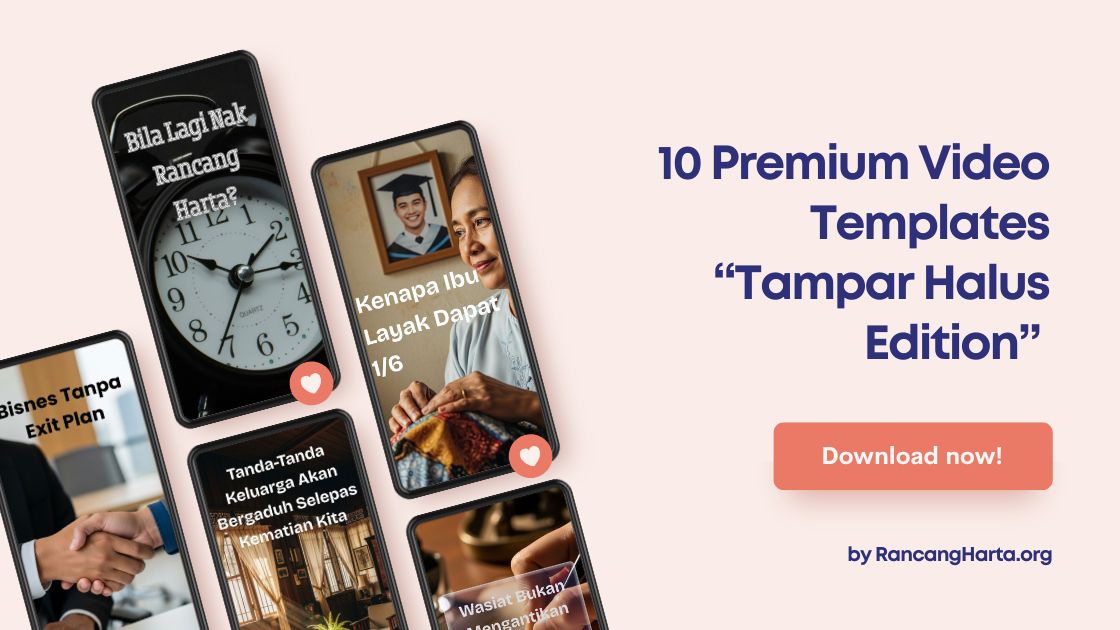
Customer storytelling : what do you want them to tell about you?
Surely once you went to buy in a store, to have dinner at a restaurant or did tourism in such a place because someone recommended it to you. And the reverse: surely you avoided going to such a car dealership or enrolling in some academy because your best friend told you pests about them. The story that customers tell matters to attract (or repel) new customers.
The best companies know the power of that story. And they take advantage of it and promote it for various purposes. Sometimes they use it to make themselves known and sometimes to create emotion or memory. My point is that these companies follow a technique that, with a little attention, can be replicated in any startup, no matter how small or large.
Today I will tell you the technique in five steps. But first, some science.
“Mirror” neurons and other scientific tips
An advantage of customer stories is that they are very credible. When one of them recounts his experience shopping in your store, almost everyone is silent and listens around him. What’s more, everyone feels identified with that experience.
Imagine if I tell you that my friend Manuel saved for ten years in a spartan way. He wanted to buy an apartment in the capital for himself and his family. At last he gave the first payment to the construction company, but there was a fraud and the money, the construction company and poor Manolo’s dreams evaporated. He lost his wool and even the home. What a panorama!
Sad no? I think everyone will identify with my friend for the injustice received.
Peace of mind : the example is false. But if you wonder why you felt it in your own flesh, I will tell you that neuroscience points to neurons called “mirrors” , which reside in our brains, as responsible for our empathy before the unfortunate (or happy) story of others. We have them in our heads. We can’t help it.
Another simple idea : Although it may seem incredible, customer stories only revolve around three themes, always the same :
a) how these people relate to (or use) the product or service, before, during and after the purchase;
b) the benefits provided by the product or service;
c) the inconveniences saved by the product or service.
It will be very useful to remember this to anticipate what your client may talk about.
Storytelling : So what can you do to get them to tell good stories about your business?
The first thing, of course, is to deliver a product or service of the highest quality with the greatest care and affection. In other words, you must deliver on what you promised.
The second is to go further and exceed customer expectations. Doing so will give him “fuel” to talk about his successes with others and earn his dose of social recognition. People are known to derive value when they feel heard, recognized, and admired by their peers. This is called “ social currency ” .
Idea : if you want me to speak well of you to my peers, exceed my expectations and I will create the story that will bring you new clients.
The phenomenon works for better and for worse: in 2018 the consulting firm Deloitte estimated that a satisfied client tended to tell 9 people on average about their positive experience. In contrast, a dissatisfied customer tended to do it with 16. Do the math and you will see what suits you.
The question now is to operate this idea. We go for the promised tips.
1) Discover the expectations
To exceed customer expectations, the first thing you want is to know what they are. Often times, the customer doesn’t even know what to expect. So it will not be enough for you to ask directly.
There are interesting methods, typical of Design Thinking , that will help you overcome this barrier. For example: participant observation, generative sessions or in-depth interviews.
If your business and budget are small, simplify: find 10 clients, invite them to coffee and ask them why they repeatedly buy from your business. Better if they are not related, because their judgment will not be neutral.
2) Expect unconscious factors
A customer’s expectations can be met in many ways. Some are explicit (the price of the product, the handling instructions, the delivery period …) and others are subtle and intangible (the treatment you receive in the store, the waiting time, the atmosphere you perceive during the purchase, the identity of the brand, the history of the company…).
Your client will tend to mention some, but not the others. So keep those intangibles in mind to weigh your analysis.
3) Activate five levers
Professor Bernd Schmitt, one of the ideologues of the “Experience Economy”, argued that great value propositions could be built from just five levers or “Strategic Experience Modules”. They work for any business of any kind. Are:
Rationality : that is, information of interest to the client and that you can deliver. Be it prices, product instructions, delivery and payment terms, warranty terms, after-sales service … These are explicit and rational data that help the customer feel supported by the business.
Sensoriality : that is, what refers to the human senses. Think of your business as something you can look at, hear, touch, and even smell or taste. Have you ever asked your customers what feelings they have when they enter your business, or dial you on the phone, or trade with you through the internet? Is there anything in terms of sight, hearing, touch you can do to enhance the experience?
Behavior : think about everything that has to do with customer behavior, before, during or after the purchase. Is it difficult for you to find your store, whether physical or virtual? What habits does your customer develop once he has the product? Which ones could you have and would bring you benefits? How does your product solve the customer’s day? Is it easy to use?
Relationships : as I said, all people want to be seen and recognized by a social group that is relevant to us. So: how does your product / service help the customer to be? In what way do you offer to feel part of a special “tribe” by consuming your products? What messages do you send to remind them? Brands like Harley Davidson invested millions over decades to create one of the most powerful consumer communities … Can you imagine one of their customers riding a different motorcycle?
Emotions : it is everything in your power to awaken and suggest favorable emotions in the client. Tools such as logos, branding or, especially, storytelling that you can tell the world, are valid here. I like to mention that Santa Teresa rum, from Venezuela, has great stories about the things they do in the social sphere . When someone drinks it, they know they are ingesting more than just liquor, and they say it tastes better to them. Note: I do not charge any brand for saying these things.
4) Collect
When you notice that customers start to say (good) things about your service or product, write them down. All those stories have to be recorded. You must also investigate well in the informal conversations of your employees, what customers say on social networks, what they say in their informal talks. And not miss any nuance.
5) Play and scale the message
Finally, once you have that material, you must tell it to others. If something is not explained, it is as if it did not happen. What is the use of having a customer super satisfied, if no one is there to tell everyone? It is your responsibility to amplify it.
Use your social networks, your blogs, your press releases or your posters in the store. Use the verbal speech of your employees at the counter. Add a photo of the happy customer next to one of his praise phrases and hang it everywhere… This way you will get other potential customers to empathize with those comments and say: why can’t I be as happy as him?
Epilogue
When you know what the customer expects of you, either consciously or unconsciously, and activate the five experiential levers, it will take a while for the customer to start talking about it. Don’t worry: you have to be patient.
But look at it this way: None of today’s successful brands ever despises the voice of the customer. Whether it is to innovate in its processes or to promote itself to other clients, it never stops doing it. For some reason it will be.





